You are about to finish your registration. Please check your mailbox (including spam folder). There should be a letter with a confirmation link. Check setting to make sure that your e-mail address is correct.
Send letter againDescription
The Persian Empire is any of a series of imperial dynasties centered in Persia (Iran). The Qajar dynasty was an Iranian royal dynasty of Turkic origin, which ruled Persia (Iran) from 1785 to 1925. The state ruled by the dynasty was officially known as the Sublime State of Persia.
Historically, Iran has been referred to as Persia by the West, due mainly to the writings of Greek historians who called Iran Persis (Περσίς), meaning "land of the Persians." As the most extensive interactions the Ancient Greeks had with any outsider was with the Persians, the term persisted, even long after the Persian rule in Greece. In 1935, Reza Shah requested the international community to refer to the country by its native name, Iran.
The qiran, also qerun or kran, was a currency of Iran between 1825 and 1932. It was subdivided into 20 shahi or 1000 dinar and was worth one tenth of a toman.
Obverse

|
Al-sultan, ibn al-sultan (Sultan, sun of the sultan) Fath-Ali Shah Qajar. السلطان ابن السلطان فتح علي شاه |
|---|---|
Reverse

|
The mint with its distinguishing epithet (Shiraz the Abode of Knowledge) & date AH1239 (1824AD). ضرب دار العلم شيراز |
| Edge |
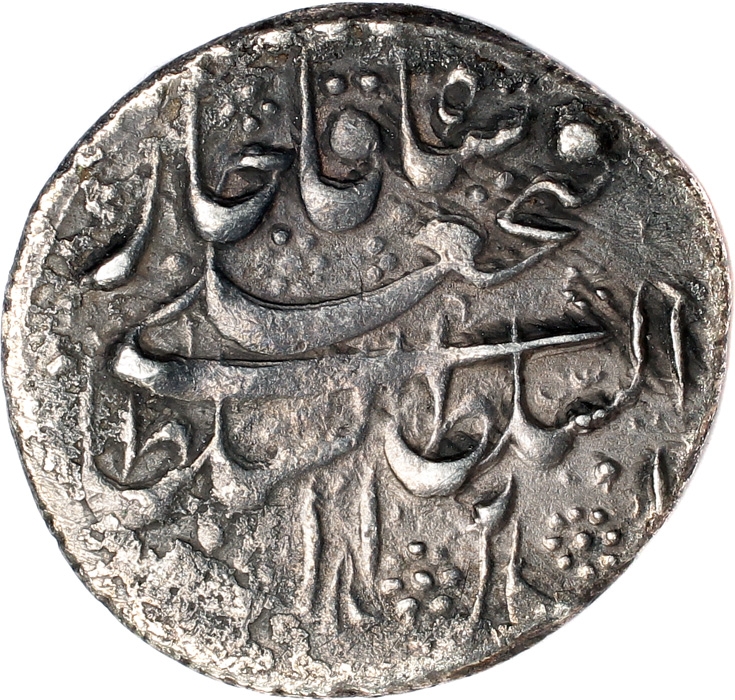

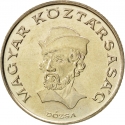
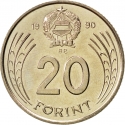
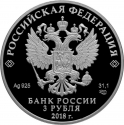
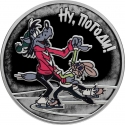
_Dollar_1/2002_West_Point_Academy_Bicentennial_2002_12.03.2022_11.54-125.jpg)
_Dollar_1/2002_West_Point_Academy_Bicentennial_2002_12.03.2022_11.54_01-125.jpg)